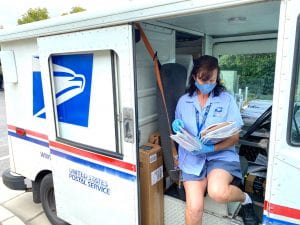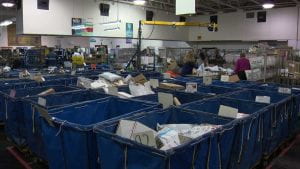The military is a group of people for whom we should always be thankful. That is why we have a number of holidays devoted to them. Memorial Day, Veterans’ Day, and others are meant for us to commemorate those who gave their lives in service to this country as well as those who are currently serving. Even before the pandemic, these people risked their lives to protect our freedom and the shining light of hope that this great nation represents. When Covid-19 began ravaging the globe, though, that mission became all the more dangerous, with an added dimension of risk added to the work members of the armed forces perform everyday.

Despite that risk, the operations of the United States military have gone on relatively unaffected. With the exception of an isolated incident on the USS Theodore Roosevelt near the beginning of the pandemic, there have been no notable incidents that have compromised the operations of the U.S. armed forces. That certainly cannot be attributed to a shift to remote work. For the most part, the work of the military cannot be done remotely. At the very least, it can’t be done effectively (I’d argue almost nothing can be done effectively when done remotely, but that’s a different discussion). Simply put, national security is not a field that is conducive to distance work.
However, they have continued to do just that. They have kept the nation

secure through think and thin. Through the highs and the lows of new cases and death counts, they have continued to do some of the most essential work that there is. In fact, it may be the most important pandemic profession behind healthcare workers. At points, the military have even served in that capacity, directly supporting the pandemic response with both direct healthcare work and logistical support. We’ve all seen the pictures of the USNS Comfort sailing into New York harbor during the worst days of the orginal wave, assisting local hospitals and healthcare facilities by admitting patients to take the load off of local hospitals.
The military has become even more important lately, serving as the primary force behind the massive logistical operation that is vaccine distribution in the United States. That operation and its success is the reason the U.S. has one of the best vaccination programs in the world and, as a result, has one of the best pandemic outlooks in the world today. All of that is because of the military, who are some of the many unsung heroes of the COVID-19 pandemic.








